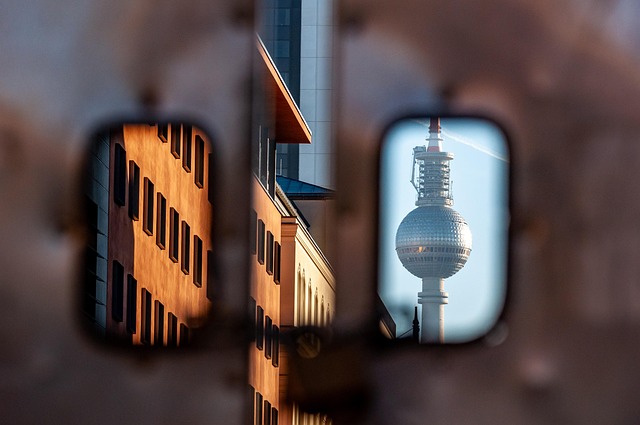Skyscrapers as Urban Playgrounds: The Rise of Architectural Tourism
From towering glass monoliths to twisting steel marvels, skyscrapers have long captured our imagination as symbols of human ambition and engineering prowess. But a new trend is transforming these vertical giants into more than just office spaces and residential complexes. Welcome to the world of architectural tourism, where skyscrapers are becoming urban playgrounds, offering unique experiences that blend architecture, culture, and adventure. This emerging form of travel is reshaping cityscapes and redefining how we interact with urban environments.

Modern architectural tourism incorporates elements of education, entertainment, and adventure. Visitors can now participate in guided tours that delve into the history and engineering of these structures, attend cultural events hosted in sky-high venues, or even engage in adrenaline-pumping activities like edge walks and sky-high zip lines.
Innovative Experiences at New Heights
The competition among cities to create unique skyscraper experiences has led to a wave of innovative attractions. In Shanghai, the Shanghai Tower offers a digital tour that uses augmented reality to showcase the building’s construction process and future urban development plans. Meanwhile, the Burj Khalifa in Dubai features a virtual reality experience that simulates the feeling of standing on the building’s spire, 828 meters above ground.
Some skyscrapers are taking the concept further by incorporating thrill-seeking elements. The CN Tower in Toronto pioneered the EdgeWalk, allowing visitors to walk hands-free around the exterior of its main pod, 356 meters above the ground. This trend has inspired similar attractions worldwide, including the Skyslide at the U.S. Bank Tower in Los Angeles, a glass slide suspended 300 meters above street level.
Cultural Hubs in the Sky
Beyond observation decks and thrill rides, skyscrapers are increasingly positioning themselves as cultural destinations. The Shard in London hosts regular art installations and live music performances, transforming its viewing gallery into a dynamic cultural space. In New York, One World Trade Center houses a museum dedicated to the history of the site and the city’s resilience.
These cultural initiatives not only enhance the visitor experience but also contribute to the building’s integration into the city’s cultural fabric. They offer locals and tourists alike new ways to engage with urban spaces and foster a sense of community at dizzying heights.
Sustainability and Green Design
As environmental concerns take center stage, many skyscrapers are incorporating sustainable design elements that become attractions in themselves. The Bosco Verticale in Milan, with its tree-covered balconies, has become a symbol of green urban living and a must-visit for eco-conscious travelers. Similarly, Singapore’s Gardens by the Bay, while not a traditional skyscraper, showcases how vertical spaces can be used to create stunning ecological attractions.
These green initiatives are not just about aesthetics; they offer educational opportunities for visitors to learn about sustainable urban development and the role of architecture in combating climate change. Tours focusing on these aspects are becoming increasingly popular among environmentally aware travelers.
The Future of Vertical Tourism
The trend of skyscrapers as urban playgrounds is set to continue evolving. Architects and developers are exploring new ways to make these structures more interactive and engaging. Concepts like sky bridges connecting multiple towers, vertical parks, and even hotels spanning several floors of different buildings are on the horizon.
Virtual and augmented reality technologies are expected to play a significant role in enhancing these experiences. Imagine historical tours that transport visitors back in time to see the city’s evolution or interactive displays that allow guests to design their own skyscrapers.
Climbing to New Heights: Tips for Skyscraper Tourists
• Book observation deck tickets in advance, especially for popular buildings during peak seasons.
• Look for combo passes that offer access to multiple skyscrapers for better value.
• Check weather forecasts and aim for clear days to maximize visibility.
• Consider timing your visit for sunset to experience day and night views.
• Research special events or exhibitions happening in skyscrapers during your visit.
• Don’t forget to explore the ground-level areas around skyscrapers, which often feature interesting public art or gardens.
As cities continue to grow vertically, the integration of tourism and architecture offers exciting possibilities for urban exploration. Skyscrapers are no longer mere symbols of economic power but have become destinations in their own right, offering unique perspectives on urban life and culture. This trend not only enhances the tourist experience but also challenges architects and urban planners to think creatively about the future of our cities. As we look to the skies, we find new ways to connect with our urban environments, turning concrete and steel into playgrounds of discovery and adventure.





